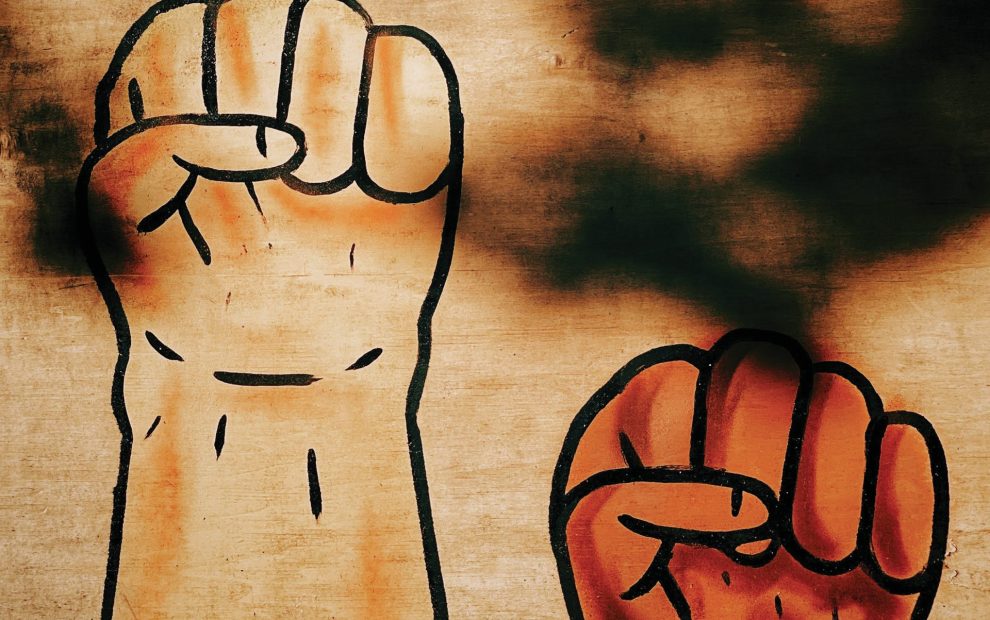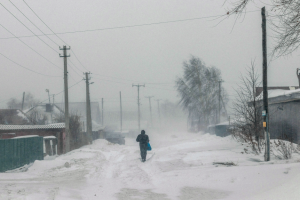When residents of advanced economies think about nations wounded by criminal impunity, a few glaring cases no doubt come to mind—Haiti, where gangs have replaced the rule of law; Syria, struggling to restore order after more than 13 years of civil war; and Mexico, where an astonishing 93 percent of violent crime goes unpunished.
But most Americans would likely be shocked to learn that impunity is also a significant problem in the United States. About half of U.S. homicides in 2023 went unsolved. As a report in the New York Times put it in July: “[A] murderer’s chance of getting caught within a year essentially comes down to a coin flip.”
That’s just the beginning of the bad news in terms of police effectiveness. According to 2023 FBI figures cited in the report, only 46 percent of assaults, 28 percent of robberies, 27 percent of rapes, and 8 percent of vehicle thefts resulted in arrests. The clearance rate in many European states is substantially higher—for homicides, from 20 to 40 points better than in the United States.
Why is the United States such a laggard? It’s not because Americans are not tough on crime. The U.S. incarceration rate of 541 per 100,000 residents is three to five times higher than Western peer states and hemispheric neighbors—second only to non-peer El Salvador.
The United States is also well-known for its severe sentencing guidelines. But criminologists say a more effective deterrent to crime is the swiftness and surety of justice, and that’s where U.S. police and prosecutors are falling far behind.
The 400 to 500 million privately owned firearms in circulation in the United States represent a major aspect of the problem. No other Western state tolerates that vast reservoir of legally acquired weapons. Thousands of them fall into the criminal shallows each year.
Confronted by a U.S. rate of almost seven homicides per each 100,000 people—four to six times higher than peer states—detectives in America carry caseloads far above what is expected of counterparts in other nations.
Calls in recent years to “defund the police” can seem jarring, but are protesters really imagining zeroing out municipal police budgets? The communities most affected by impunity are often the same low-income communities that feel under siege by their own police departments because of smothering anti-crime strategies and structural racism.
But what most protesters and police critics surely hope for are not streets bereft of police officers but safer communities because of effective policing that declines to treat everyone in a neighborhood as a potential criminal. That should not be an exceptional expectation but a municipal commonplace.
In a statement on criminal justice first published in 2000, “Responsibility, Rehabilitation, and Restoration: A Catholic Perspective on Crime and Criminal Justice,” U.S. bishops described crime in the United States as a complex challenge that defies easy fixes and facile sloganeering. “Crime, corrections, and the search for real community require far more than the policy clichés of conservatives and liberals,” the bishops wrote. That applies to those who press for “three strikes and you’re out” and to whatever “defund the police” has come to mean.
The good news is that despite the impression created by reckless politicians or cable news sensationalists, violent crime is down sharply in U.S. cities. That continuing decline may allow local police departments breathing room for analytical thoughtfulness as they consider best practices that will lead to safer neighborhoods.
For most U.S. communities, that will mean investments in social services and opportunity creation that strongly discourage crime. But they are investments that should not be extracted out of police budgets that require more resources for effective criminal investigation and the smart, merciful, and equitable enforcement of the law.
This article also appears in the October 2025 issue of U.S. Catholic (Vol. 90, No. 10, page 42). Click here to subscribe to the magazine.
Image:












Add comment